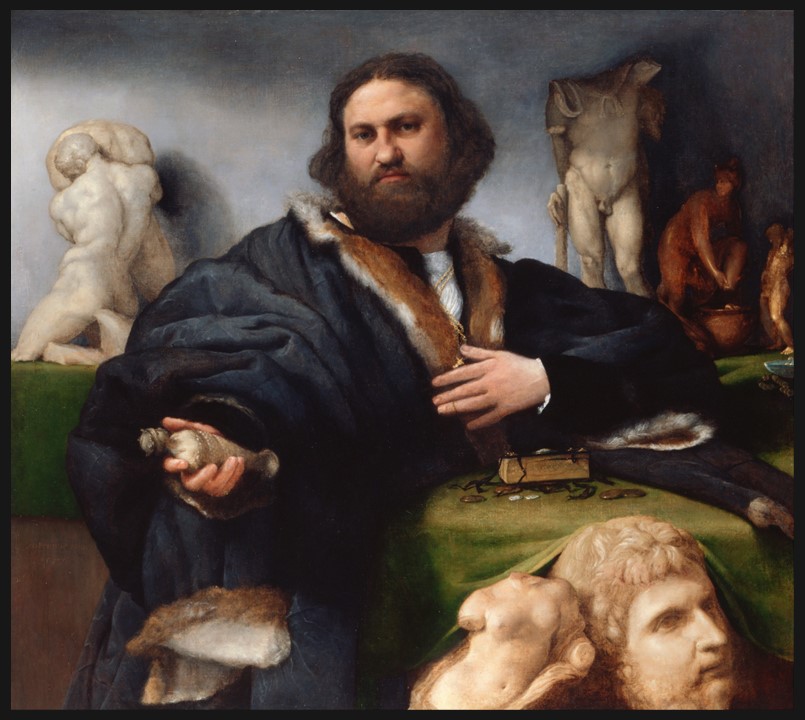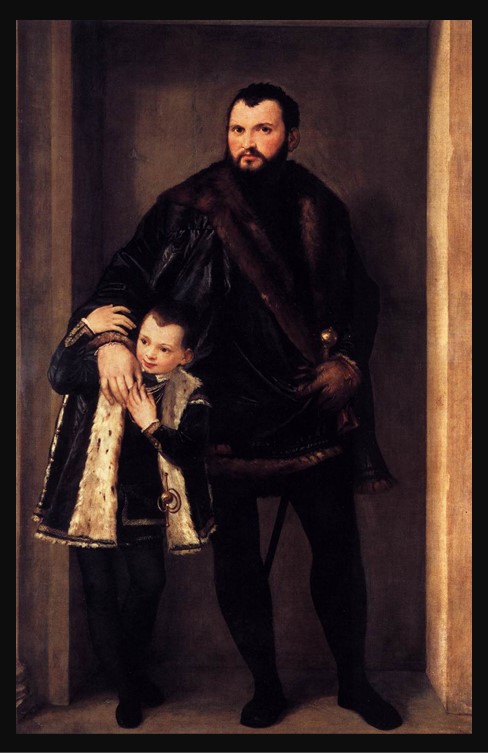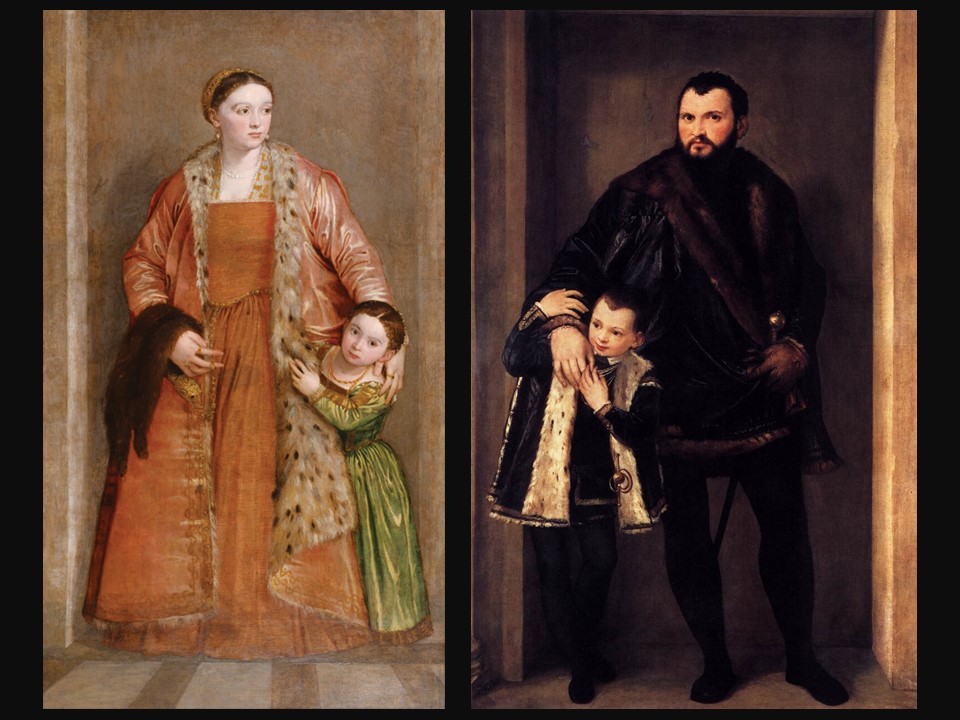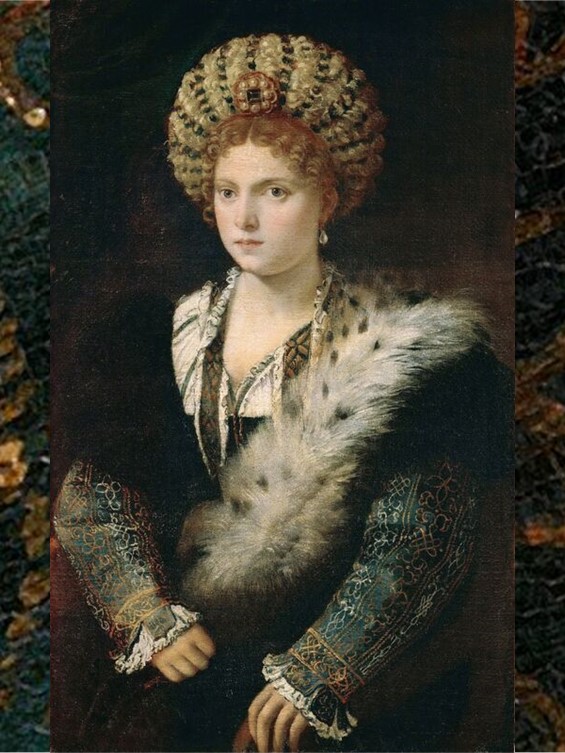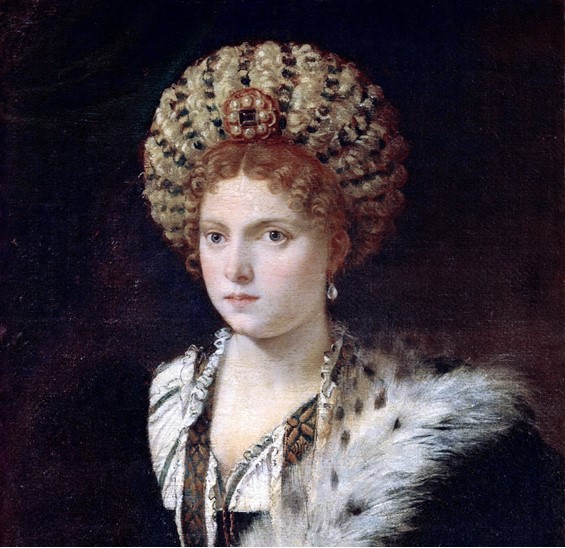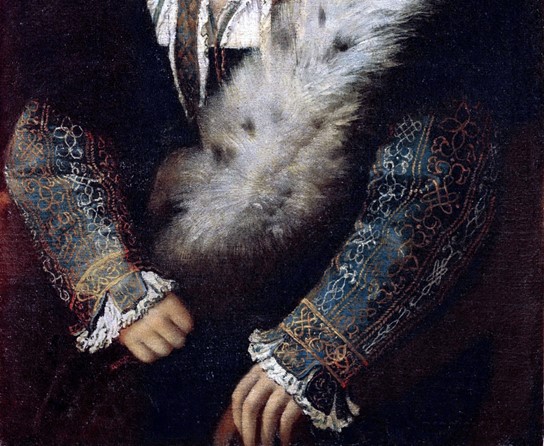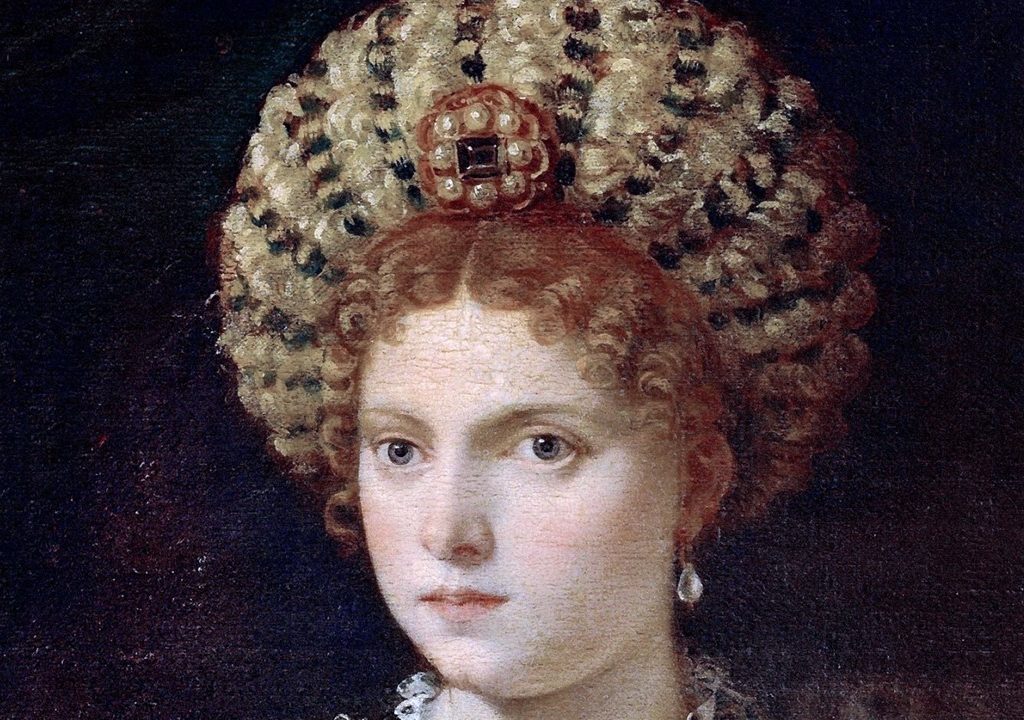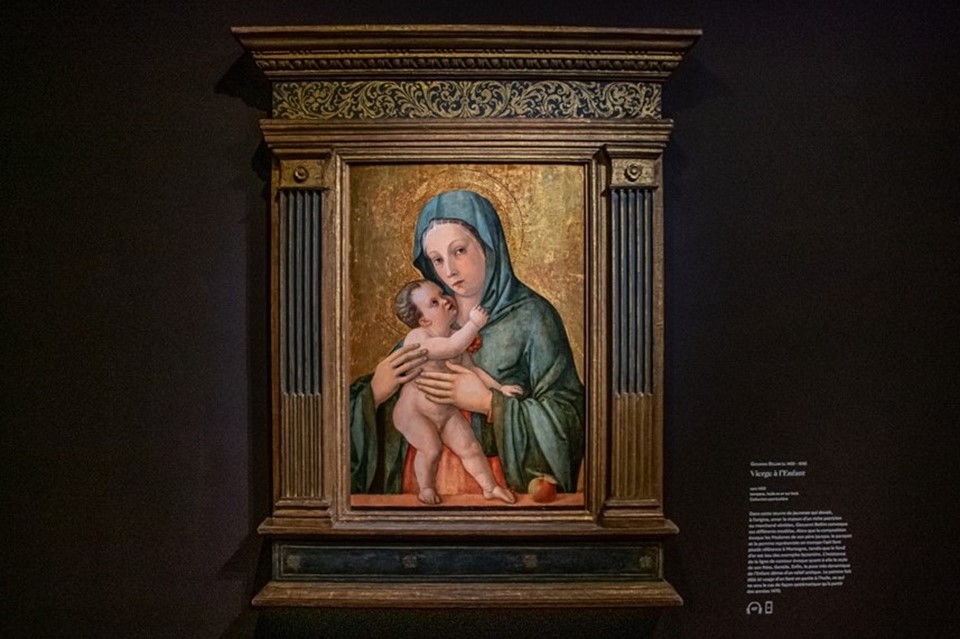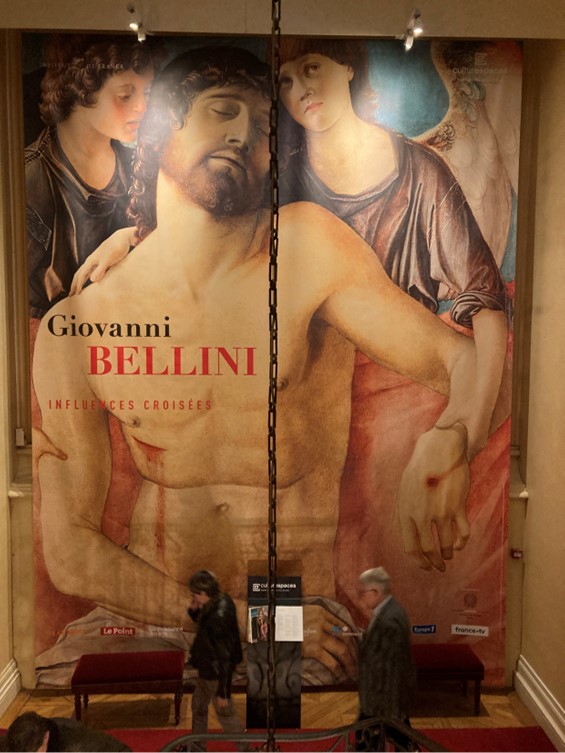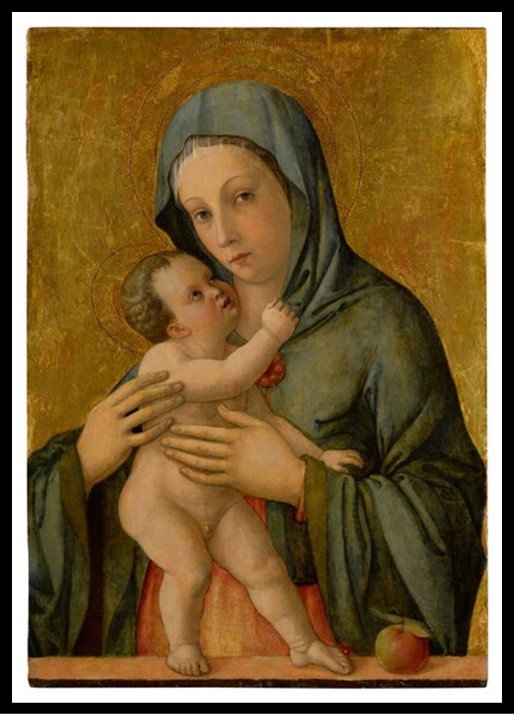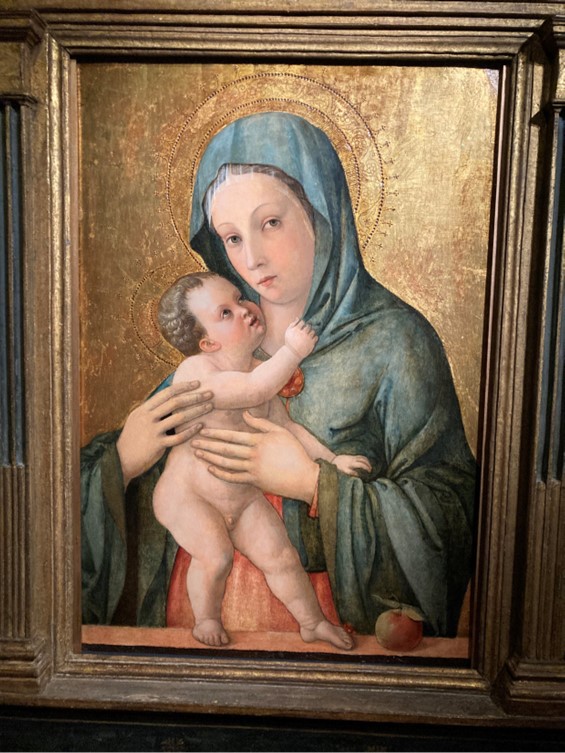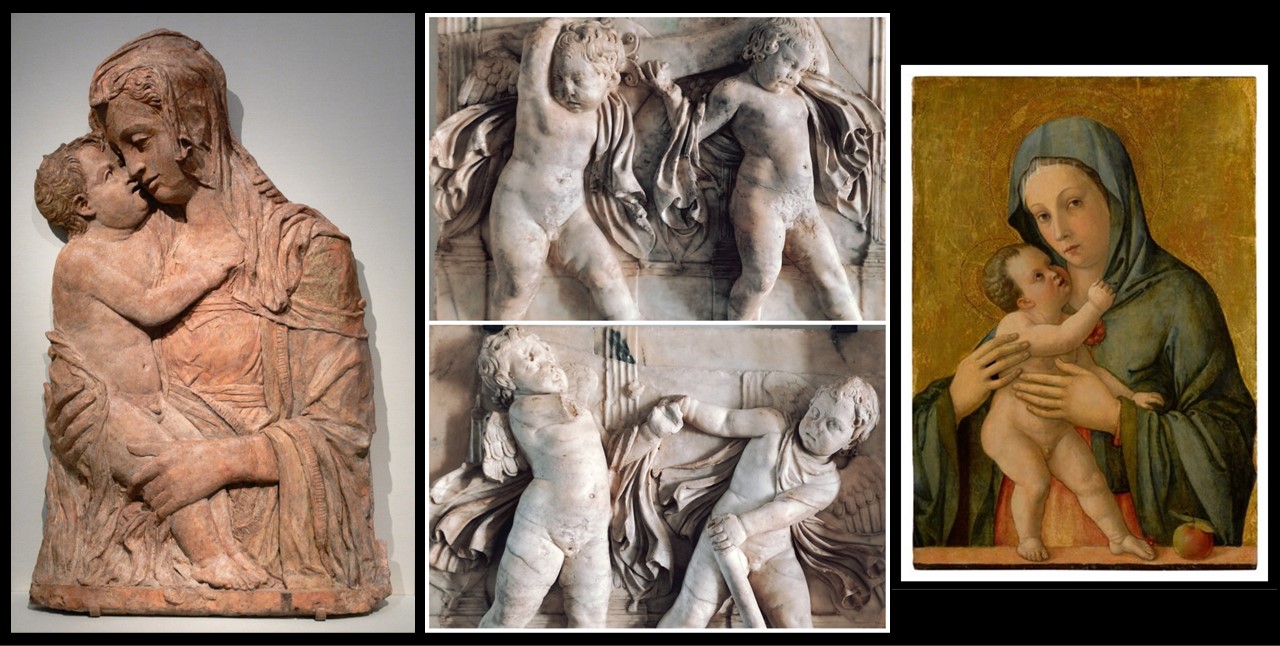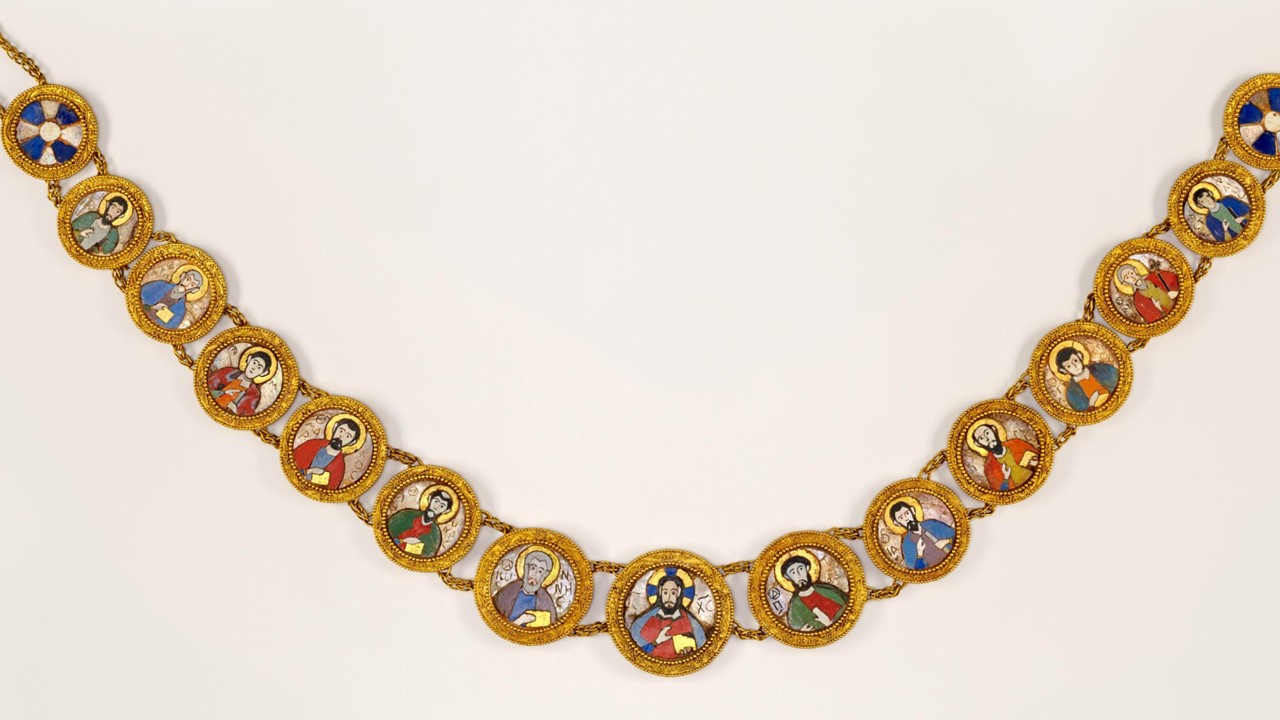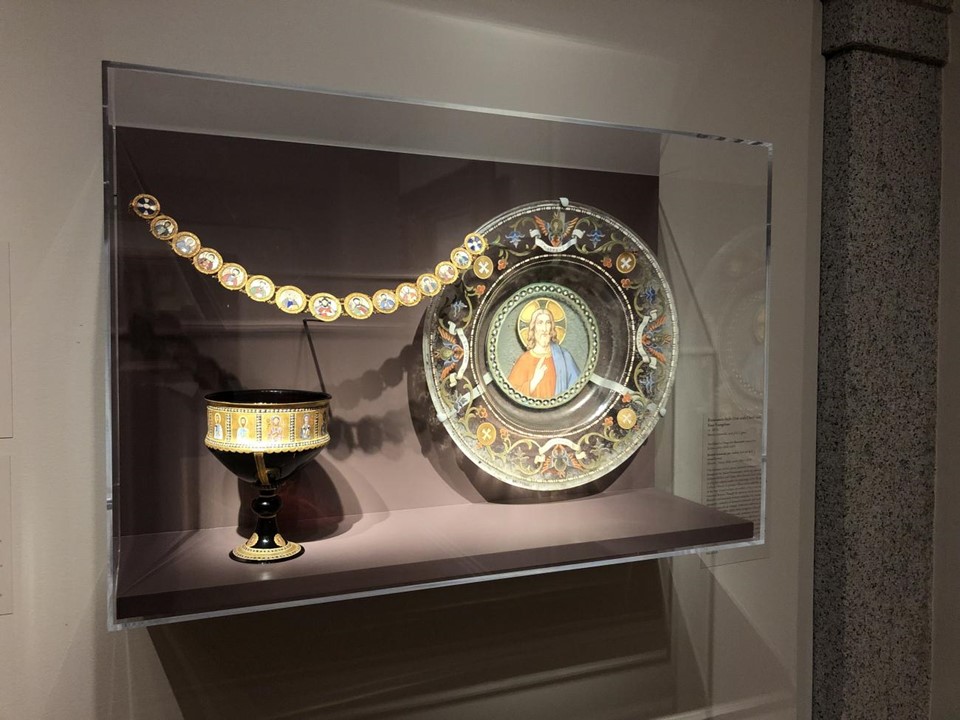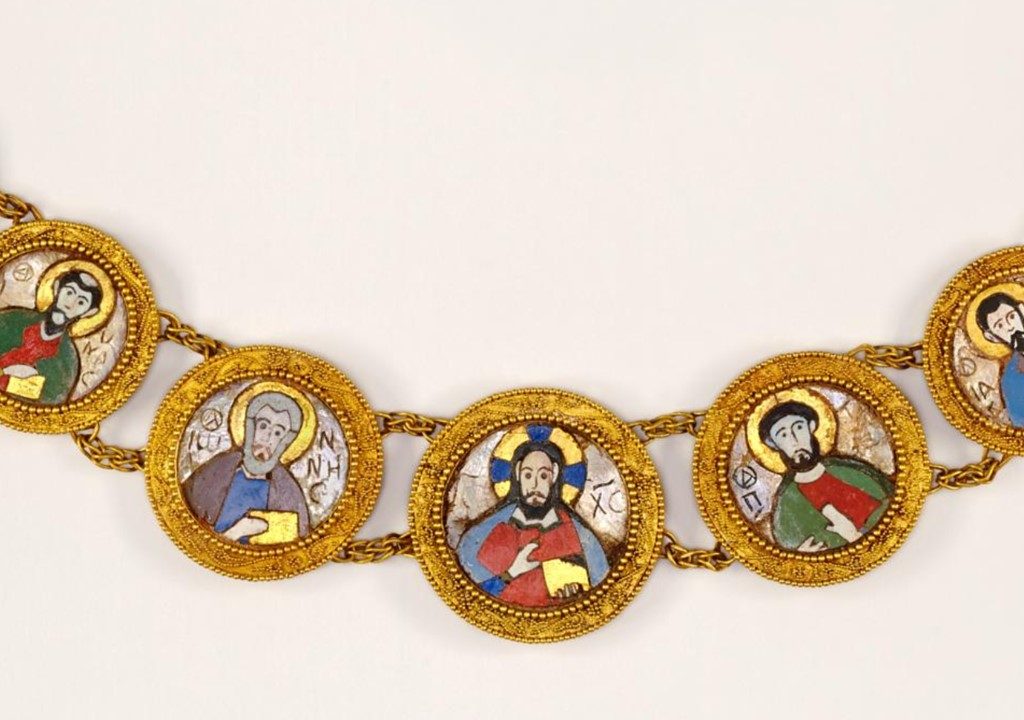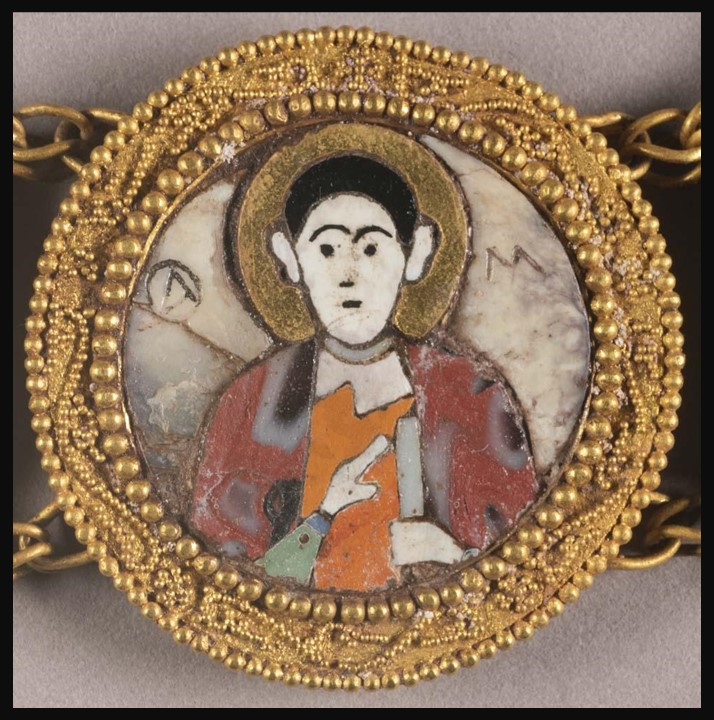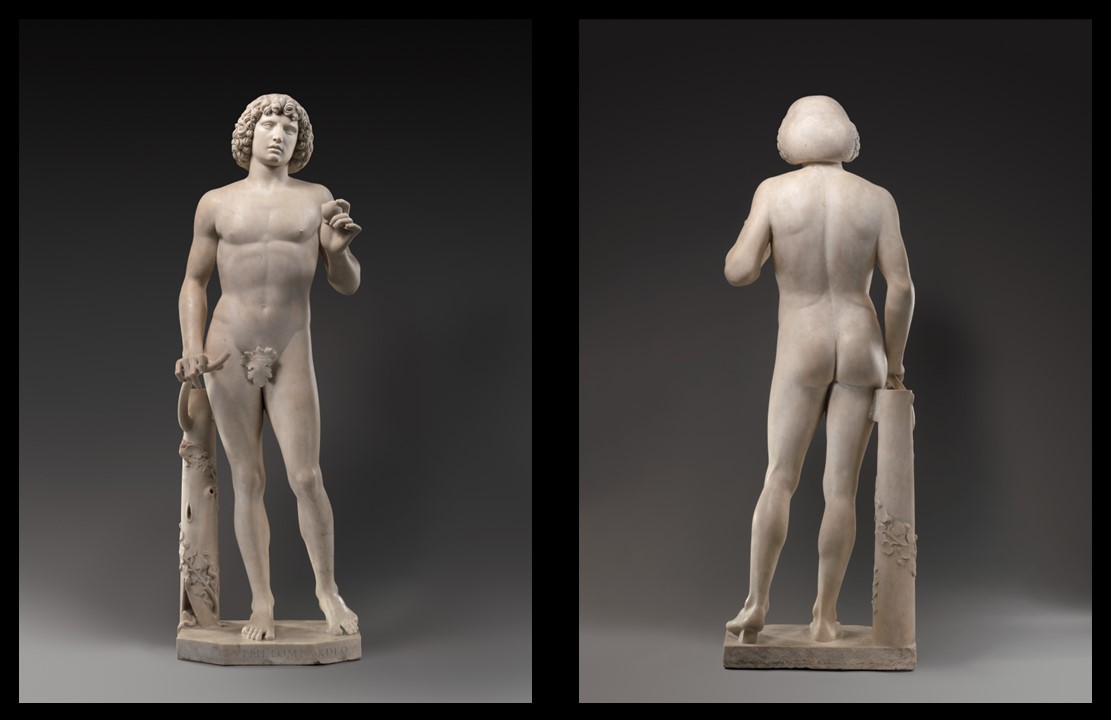
Adam, ca. 1490–95, Marble, Height: 191.8 cm, the MET, NY, USA https://www.metmuseum.org/art/collection/search/197822
In his epic poem Paradise Lost, the English poet John Milton (1608–1674) laments, “O miserable mankind, to what fall / Degraded, to what wretched state reserved! … Can thus / The image of God in man created once / So goodly and erect, though faulty since, / To such unsightly sufferings be debased?” Here, Milton explores themes of the fall from grace, human suffering, and the loss of innocence. Similarly, Adam’s Statue by Tullio Lombardo captures a moment of contemplation, embodying divine beauty and the ominous awareness of the impending fall. Both works reflect the tragic transformation from innocence to suffering, underscoring the tension between divine likeness and human frailty. https://besharamagazine.org/newsandviews/poems-for-these-times-11/
Presenting questions starting with “who,” “what,” “how,” “when,” and “where” about Tullio Lombardo’s statue of Adam at the MET Museum in New York City, let’s explore the artwork’s historical context, artistic significance, and the story behind its creation and restoration.
Who was Tullio Lombardo, and What role did he play in the Renaissance art movement? Tullio Lombardo (c. 1455–1532) was a renowned Italian sculptor of the Renaissance, best known for his mastery of marble and ability to create lifelike figures with a classical elegance that set him apart from his contemporaries. A member of the distinguished Lombardo family of sculptors and architects based in Venice, Tullio played a significant role in the Renaissance art movement by blending classical forms with innovative techniques that emphasized naturalism and human emotion. His work, including the famous statue of Adam, showcases a deep understanding of human anatomy and a keen sensitivity to the subtleties of light and shadow, making him a pivotal figure in the transition from the Gothic to the Renaissance style in sculpture. Through his work, Tullio Lombardo contributed to the revival of classical ideals and helped shape the evolution of Renaissance art in Northern Italy.
What is the significance of the statue of Adam by Tullio Lombardo in the context of Renaissance sculpture? The statue of Adam by Tullio Lombardo holds significant importance in the context of Renaissance sculpture as it exemplifies the Renaissance ideals of humanism, classical beauty, and naturalism. Created around 1490–1495, this life-sized marble statue is celebrated for its harmonious proportions, anatomical accuracy, and serene expression. It reflects a deep study of classical antiquity and a commitment to representing the human form in a more naturalistic and idealized manner. The statue is particularly notable for being one of the earliest known life-sized representations of a biblical figure in the nude since antiquity, bridging the gap between religious themes and classical aesthetics. Its sophisticated use of contrapposto, a technique borrowed from ancient Greek and Roman sculptures, demonstrates Lombardo’s mastery in conveying a sense of movement and realism. As such, the statue of Adam is not only a remarkable example of Renaissance artistry but also a pivotal work that illustrates the period’s broader cultural and intellectual engagement with the human experience, both physical and spiritual.
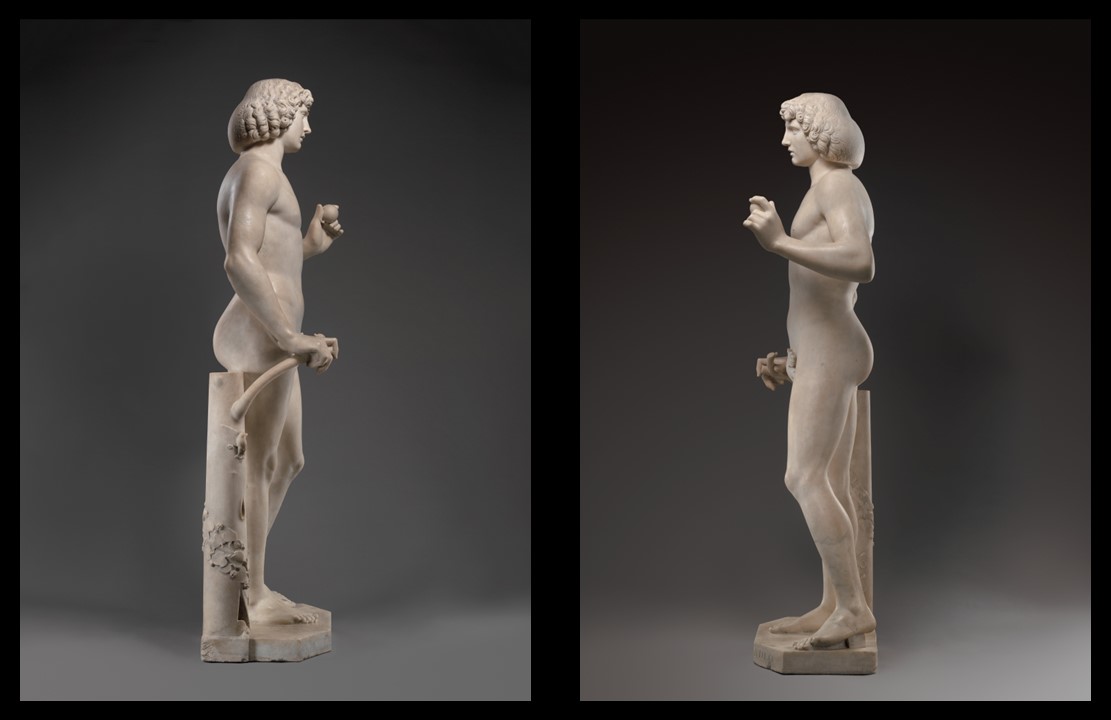
Adam, ca. 1490–95, Marble, Height: 191.8 cm, the MET, NY, USA https://www.metmuseum.org/art/collection/search/197822
When was the statue of Adam by Tullio Lombardo created, and How does its style reflect the artistic trends of its time? The statue of Adam by Tullio Lombardo was created around 1490–1495 during the Renaissance, a period marked by a renewed interest in classical antiquity and a focus on naturalism, proportion, and human anatomy. Its style reflects the artistic trends of the time by embodying the Renaissance ideals of humanism and the revival of classical forms. The statue’s harmonious proportions, balanced composition, and realistic portrayal of the human body demonstrate a profound understanding of classical Greek and Roman sculptures, which greatly influenced Renaissance artists. Furthermore, Lombardo’s use of contrapposto—a stance that conveys a sense of relaxed naturalism and potential movement—aligns with the period’s emphasis on depicting figures in dynamic yet graceful poses. The lifelike detail and emotional subtlety in Adam’s expression also reflect the Renaissance trend of capturing the human experience in both its physical and psychological dimensions, setting Lombardo’s work apart as a quintessential example of the era’s sculptural achievements.
Where was the statue of Adam originally displayed, and How did it come to be part of the MET Museum’s collection? The statue of Adam by Tullio Lombardo was created as part of a grand tomb monument for Doge Andrea Vendramin, a powerful political leader in Venice, and was displayed in the Church of Santa Maria dei Servi in Venice. The tomb was later relocated to the church of Santi Giovanni e Paolo, where it remained for several centuries. In the 19th century, the statue, along with other parts of the monument, was separated from its original context and entered the art market. In 1936, the statue of Adam was acquired by the Metropolitan Museum of Art (MET) in New York City through purchase, becoming a significant addition to the museum’s collection of Renaissance sculpture. The MET’s acquisition of the statue reflects its commitment to preserving and showcasing masterworks of European art and its desire to provide access to exceptional examples of Renaissance sculpture to a broader public audience.
For a PowerPoint inspired by Adam’s Statue by Tullio Lombardo, please… Check HERE!
